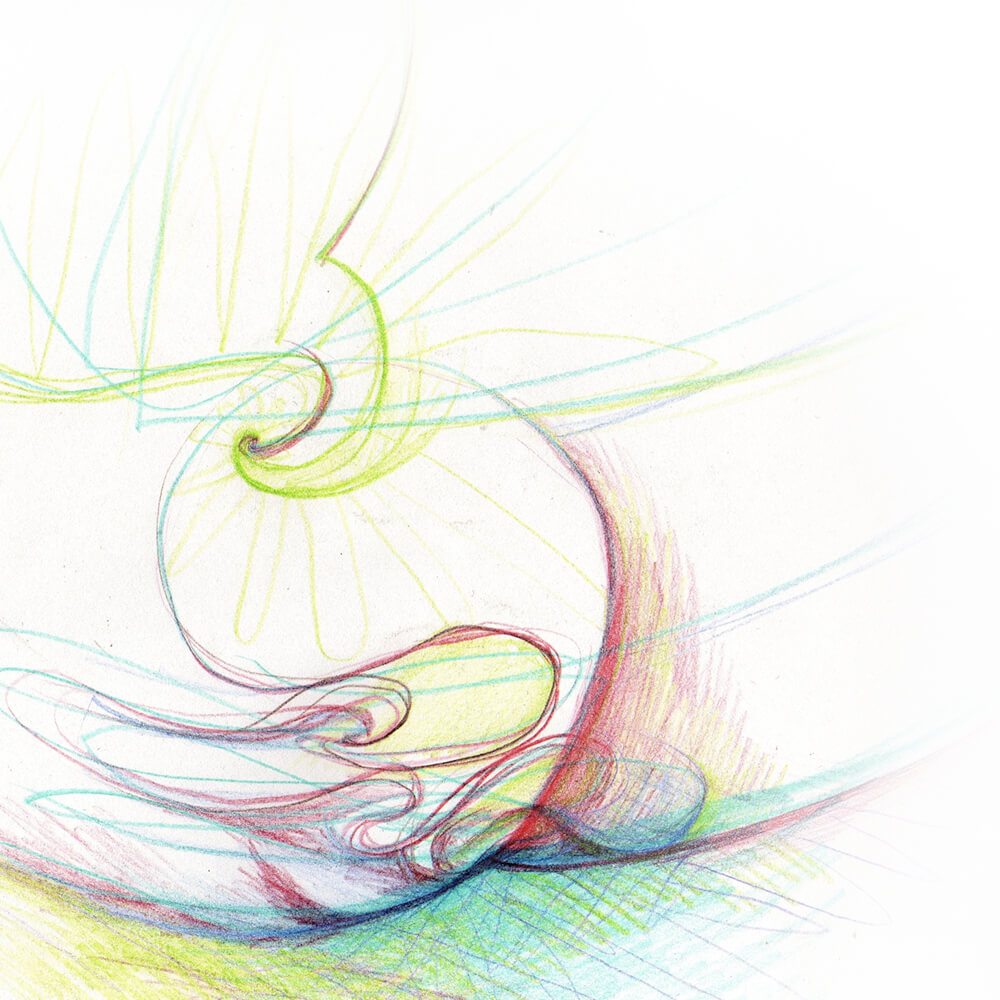A Creative Ritual for Every Lunar Cycle

Full Moon May 12, 2025
The master’s tools will never dismantle the master’s house.
—Audre Lorde
At times maybe you know yourself a beautiful weirdo
Sometimes it may feel like an ineptness or being planted roots up in toxic soil
I know I am a queer willow tree
living in a middle aged human body
At least sometimes I know, like springtime when I come on all flirtatious
& flamboyant with buds swelling as I hydraulic pump fresh fluid from subsoil
I am in love with the chill of winter & the soaking rains & the unctuous sounds
of clay mucking & just want to make catkins to declare what words cannot.
And I’m surrounded in lush difference
Leaves moldering, wild babies of all species swelling in fur bellies or burnt umber shells or moist oval opalescent membranes reflecting rainbow prisms.
This world is out of this world with vibrancy & phase shifts
It does not fix us even as it roots & homes us, gives us everything we need
This world sings us each a song of becoming & belonging
(sung) Come, come, whoever you are, wherever are you are, come!
Queer the song with long breath or short,
with chirrups, thumps, groans, moans, hiccups, bellows, yawns, growls
This is a mixtape universe being crafted as we dream ourselves out of spirit matter
This we know: spirit matters
It is essential, but it doesn’t essentialize us
Queer your vision by closing, squinting, zooming, widening, opening
Queer your touch by licking, bouncing, clapping, stroking, shaking, flapping
Queer your ears by circling the dial to the more-than-human station, to the music between others’ words, listen to your own listening
as it makes up what the future may sound like
I am in love with spring & with being unsettled by how novel chlorophyll cells appear
Who is GREEN anyway?
The sun becomes me & I unfurl in appreciation
There is no place more weird than this being, this being,
this silly-serious song of being
Out of nowhere, for no bad reason, I was born to be this way:
limbs dipped in air sugar spun like wild radish seed
corkscrewing into the synchronous soil of wherever
Hell bent on some shade of purple variation
Hot cold beautiful weird, anyone everywhere is natural, whole, evolving, perfect
For praise of the sacred in each of us,
every heavenly zit of life ready to burst in season
I cooked up this pollen, I produced these leaves, I bent down & rose up again
Near the stream of life-giving water & was made by you
By virtue of your aliveness I too can behave wildly, in the beautiful weird
So: all praise the lack of cops & gatekeepers in the origin of the world
Let’s eliminate them from our co-created spaces
All praise the delicious delirious continuum as natural as rain
All praise neuroqueer heresies that creatively flip the straitjacket narrative forever
& in deep regard, may we all flop down & grow radically free together.
Our psyche, our soma, flowering congruence, joyful, somber
Sharing breath, making sacred anew, aloha
Aloha to you & you & you.









